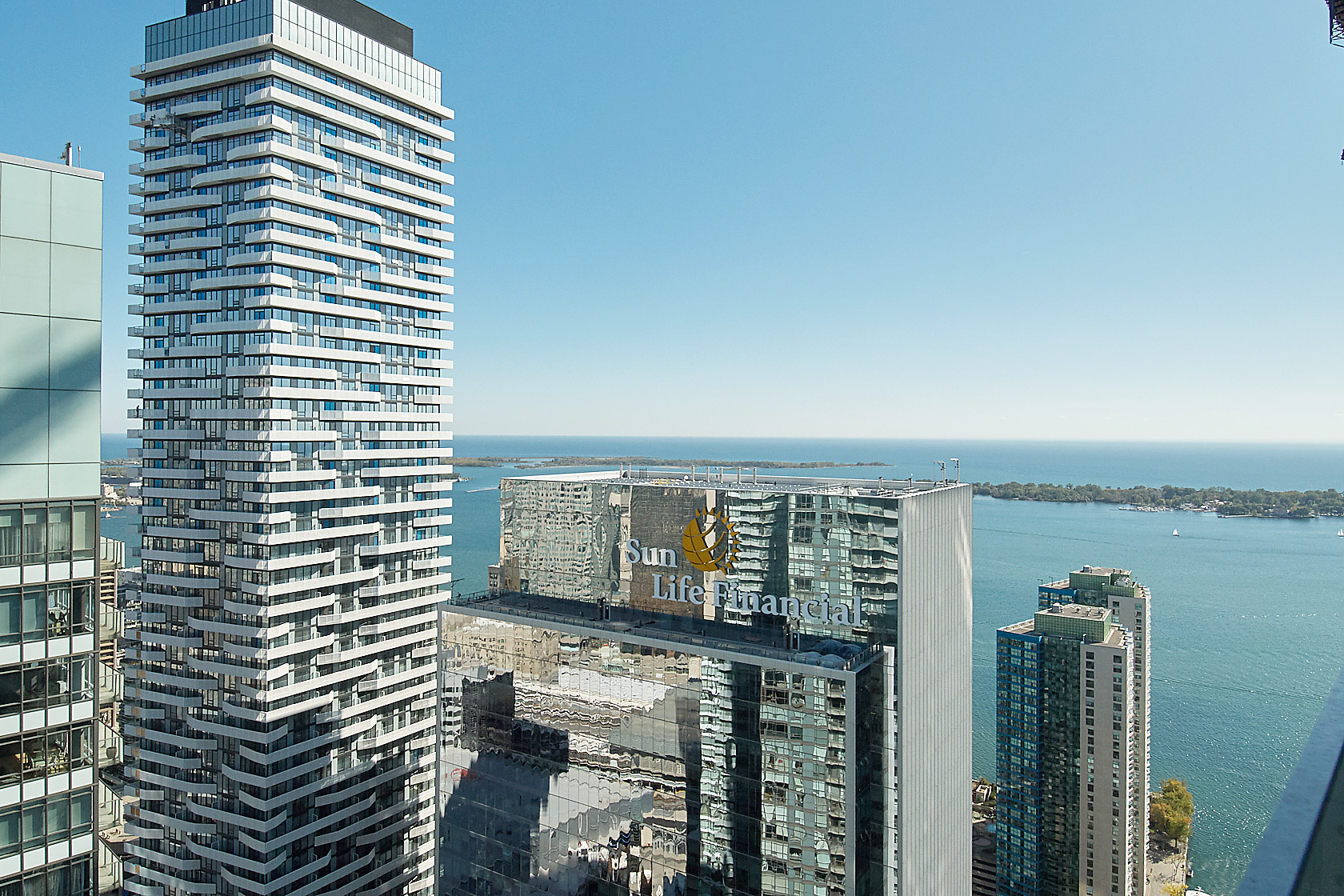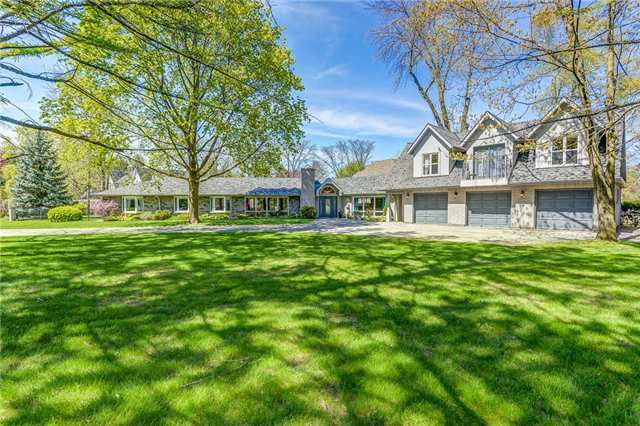INVESTMENT PROPERTIES
There are five types of investment properties:
Turn key: investment property is completely finished and is tenanted. A premium is paid for this type of investment property since it is turn key and possibly the real estate investor is competing against emotional buyers who want to live in one unit and rent the others to offset their carrying costs or real estate investors who want an investment property that is up and running.
Cosmetic: investment property that is dated and requires some updating such as: new kitchen finishes, modern bathroom fixtures, paint, etc… This type of investment property could still attract buyers who want to live in one unit and rent the others who don’t mind doing some work to the property
Gut job: very old investment property that needs to be completely redone from the inside but does not require change of use (going from single family to duplex status)
Change of use: This is where most value is added to a property where a real estate investor buys a single family home and converts to duplex, triplex or fourplex. This type of approach typically requires going to committee of adjustment to request minor variances. In most cases for the city of Toronto, the variance is for parking where it is challenging to create a parking spot per rental unit.
Land Assembly / Rezoning: This is where a developer would buy parcels of land or properties adjacent to each other and rezones the multiple lots in one high density to build a mid/high rise building. This is popular in the city of Toronto where there is no more vacant land for developers to buy and rezone. This type of investing requires deep pockets and knowledge since the rezoning process is long and cumbersome.
INVESTMENT PROPERTIES STRATEGIES
Regardless of the type of investment properties an investor chooses, there are two strategies:
Flip: An investor would buy investment properties that need a gut job or change use, add value through renovations then sell as soon as the renos are complete. This investment strategy is very risky since the investor has to time the market and bank on strong appreciation due to a seller’s market. Risk is if the real estate investor does not get what they are looking for in terms of a sale price then they will have to hold on and carry the investment properties for an extended period of time.
B.A.R: Buy, Add Value & Refinance: This strategy is well suited for gut job or change of use investment properties where value is forced through extensive renovations. Once the property is finished, the mortgage is refinanced to recover all or most of the renovation monies put in and the investment properties are rented at premium to generate positive cash flow.
INVESTMENT PROPERTIES TAXES
Disclaimer: Consult with an accountant before you acquire investment properties
For the first strategy, flip, all of the profit is added to the real estate investors’s taxable income. Eg. Property is purchased at $700k, renovation and carrying costs at $200k and sold for $1.1 million after real estate & legal fees. The $200k profit ($1.1 million less $900k) is fully added to investor’s income and taxed at their marginal tax rate.
For the second strategy, where the investment properties are held for an extensive period of time, when the property is sold only 50% of the capital gains is taxable. Using the same example as above, only $100k (50% of $200k) is added to the investor’s income and taxed at their marginal tax rate.
It is imperative for real estate investors to discuss upfront with an accountant, the investment strategies to understand and mitigate tax implications.
Investment Properties Analysis
Getting into real estate investing can be overwhelming. Analyzing investment properties can be paralyzing.
We are experts, we invest in real estate, and have extensive knowledge on analyzing investment properties whether the investor is contemplating pre-construction condos vs investment condos or duplexes, triplexes and fourplexes, etc…
Feel free to connect if you are looking to acquire investment properties and we will share our different investment properties analyzers; Flip, 5-10 year hold, cash flow, capital requirement and return on investment




